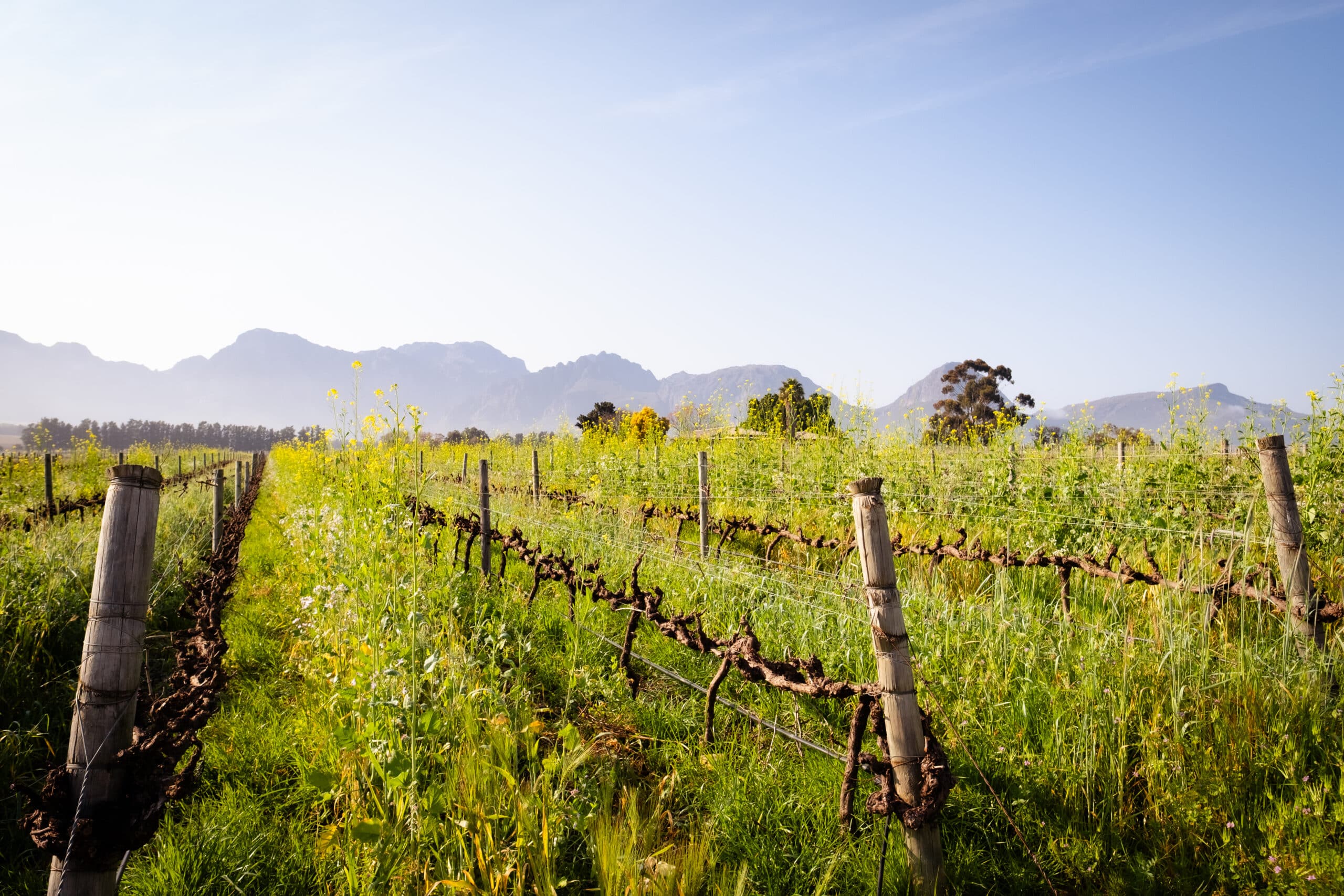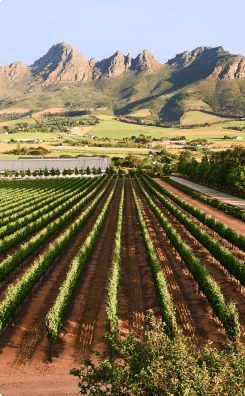Jamie Goode: Why watering the vine deserves a smarter debate
By Jamie Goode, 6 November 2025

Irrigation has the potential to be one of the wine world’s controversial topics. I say it has the potential: by this I mean it would be controversial if people from different wine cultures talked with each other more often, because there are surprisingly conflicting narratives surrounding it. And water itself is becoming a huge issue in the world of wine, with many of the world’s vineyards planted in areas that receive very little growing season rainfall, something that makes them vulnerable with climate chaos and the prospect of a warmer, drier future in these areas.
I remember a discussion with a famous wine producer from a classic wine region, where they said that if you have irrigation, you have no terroir. This is a view commonly held by many in the classic wine regions, but if they’d traveled more widely around the world of wine, they’d realize that this is a nonsense. Effectively this statement implies that wines from Argentina, Chile, Central Otago, Marlborough, much of Australia and a whole slew of other countries lack terroir. This is emphatically not the case!
My view? Irrigation is just a tool. It can be used well and it can be used badly, just as with any tool. To ban it because some will use it in ways considered inappropriate is a daft position to take. Give people the tools and let them be judged on how well they use them. This applies to many aspects of winegrowing, not just irrigation.
Let’s dig deeper into how irrigation is used around the world. Travel to Mendoza in Argentina and you’ll still see flood irrigation in use. This is where water is diverted in a series of channels with gates to alter the flow so that it can be targeted to different areas in alternation. This elaborate system turned the desert (there’s around 200 mm of rainfall annually) into green, and was developed by the indigenous Huarpe people hundreds of years ago. Viticulture has relied on this for many years, although many are turning to the more efficient drip irrigation now that the Andes snow melt water is a little less abundant because of climatic change.
There’s also overhead irrigation where sprayers are fixed on trellis posts above the canopy, giving the soil and the vines a good drenching when this is used. The advantage of this is that it can also be used for frost protection if there’s an adequate water supply. It also simulates rainfall in that all the vineyard is watered, including the rows as well as the under-vine strip. But the disadvantage is that it creates a humid environment in the canopy that can encourage disease. And it’s a little wasteful.
Most use drip irrigation these days, because it targets water to the vine’s root zone. It works quite well, and in a vineyard with some natural variation it is possible to zone the irrigation system to give a more precision approach. But there are two drawbacks with drip irrigation. The first is that if water is applied frequently in smaller amounts, then the root zone develops in a fairly narrow ball, which is where the water is. Some have tried to counter this tendency by using fewer irrigation episodes, but making them much longer, which in effect replicates rainfall and tries to get the root zone to grow deeper and wider, and thus explore more of the soil volume. The other drawback is that some of the applied water evaporates, and a good dollop of it ends up being taken up by under-vine plant growth. This isn’t ideal, because this is where it is hardest to deal with such growth.
For this reason, some are switching to subsoil irrigation, which presents technical challenges (it’s much easier to install and trouble-shoot regular above-ground drip irrigation systems). Newer fittings have drip pores that deter root invasion, which would clog up pipes fast – roots tend to grow towards water sources. It’s a much more efficient way of delivering water to the vine. And there’s also mid-row subsurface irrigation. This encourages the vine roots to grow further and create a bigger mass, and allows cover crops to grow during the growing season even when there might not be much rainfall. And anything growing in the row as opposed to the under-storey is a lot easier to control.
One important question is knowing when vines need more water, and the besetting sin of irrigation is wine growers giving the vine too much water, and not really assessing the vine’s actual water status before turning the tap on. The consequences of this is the development of a bigger, lusher canopy that in turn needs more watering to maintain it, and also higher yields of potentially lesser quality grapes (this of course depends on the goals of the grower, and higher yields doesn’t always mean less quality). The gold standard is measuring leaf or stem water potential using a pressure bomb (measurements can be made at pre-dawn or noon). Simply measuring soil water isn’t good enough. But it is possible to work on a site with a pressure bomb looking at the vine’s water status, and then correlate this over a period with soil water status, and use the latter (easier) measurement as a proxy. Other hi-tech approaches include infrared radiometric temperature (IRT) sensors, placed on towers measuring the evapotranspirative rate of a large vineyard block, or sap flow sensors that monitor the vine trunk water movement. Understanding when vines really need a drink is very important for quality viticulture.
Then of course we have the key question: where does all this water come from? If the water is taken from bore holes or wells, care must be taken to ensure that it isn’t too saline (a big issue), and that the extraction is sustainable. Regenerative hydrology is a new field that looks to understand the water flows across a property and keep as much winter rainfall on the land, and stores any excess. Dams are a great asset if irrigation is going to be used. Extraction from rivers is sometimes permitted, but there are sustainability concerns.
Many of the world’s wine regions are predicted to face problems with water availability, especially Mediterranean-style climates that cover around 15% of the world’s vineyard surface. The whole topic of irrigation and water availability is an important one, and one that’s only going to grow in urgency.
- Jamie Goode is a London-based wine writer, lecturer, wine judge and book author. With a PhD in plant biology, he worked as a science editor, before starting wineanorak.com, one of the world’s most popular wine websites.








Comments
0 comment(s)
Please read our Comments Policy here.